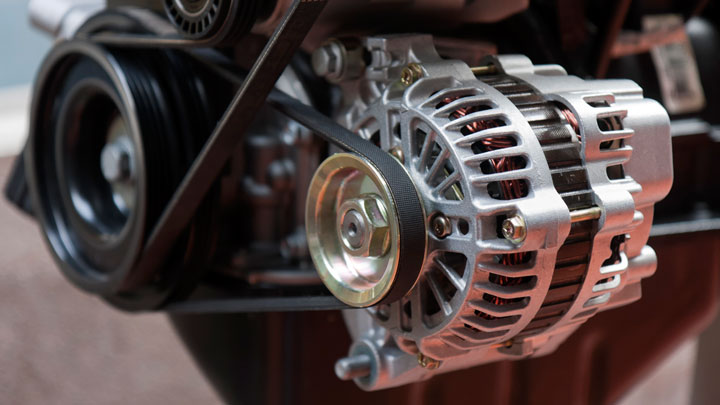If your car is making strange noises, or you can’t get it turned on, the easiest fix may be a new alternator. Alternators generate electricity to power cars’ ignition systems and other electrical devices. After all, you don’t want to replace a perfect part on your own if you don’t have to! f you are happy with the quote, you can ask your scrap car removal company to schedule the pickup service. This article discusses how to diagnose and identify when it’s time to replace your alternator.
Signs it’s Time to Replace Your Alternator
If your car is having trouble starting, the alternator may be to blame. Here are some other signs that it may be time to replace your alternator:
- Your car’s battery is dead or dying. If your alternator is working correctly, it can charge the battery.
- Your headlights are dimming. This can be a sign that your alternator needs to output more power.
- You’re experiencing electrical problems. If your car stereo suddenly cuts out or your power windows stop working, it could indicate a failing alternator.
- Your check engine light is on. This could indicate that there is a problem with the alternator belt.
What is an Alternator?
An alternator is a device that generates alternating current (AC) by using a spinning magnetic field. The field is produced by an electric current flowing through coils of wire wound around a central iron core. A permanent magnet surrounds the Iron core. The rotating field creates an induced current in the stator windings, producing AC voltage.
The primary purpose of an alternator is to keep the battery charged, but it also provides power for the electrical accessories while the engine is running. Alternators are typically found in cars and trucks but can also be found in boats, aircraft, and other vehicles.
When an alternator begins to fail, it will usually show signs of wear and tear before it completely fails. These signs can include dimming or flickering headlights, slow cranking of the engine, and strange noises from under the hood. If you notice any of these signs, it’s time to replace your alternator.
Read More – How To Deal with An Accidental Vehicle
Replacing an Alternator
When it comes time to replace your alternator, you should keep a few things in mind:
- Make sure that you have the correct model for your vehicle.
- Disconnect the negative battery cable before starting the installation process. Once the new alternator is in place, reconnect the negative battery cable and start the engine. Allow the engine to run for a few minutes so that the new alternator can charge the battery.
- Check all of the electrical components in your vehicle to ensure they are working correctly.
Alternator Problems and Solutions
If your alternator is going bad, you’ll likely notice some of the following symptoms:
- The engine starts to run rough or stall.
- The battery warning light comes on.
- The headlights start to dim or flicker.
- There’s a strange burning smell coming from the engine bay.
If you’re experiencing any of these problems, it’s time to replace your alternator. Here are a few things to keep in mind when shopping for a new one:
1. Make sure to get a suitable model for your car. Check your owner’s manual or consult with a mechanic to be sure.
2. Be aware that there are aftermarket and remanufactured alternators available. We recommend sticking with a new unit from a reputable manufacturer.
3. Installation can be tricky, so unless you’re confident in your DIY skills, leave it to the professionals.
Conclusion
If you’re having trouble with your car’s electrical system, it might be time to replace your alternator. Look for these telltale signs that indicate it’s time for a new alternator: dim lights, flickering headlights, dead battery, strange smells, or a burning sensation. If you notice any of these issues, take your car to a mechanic and have them check your alternator. Don’t wait until it’s too late — a new alternator can save you from costly repairs down the road.



